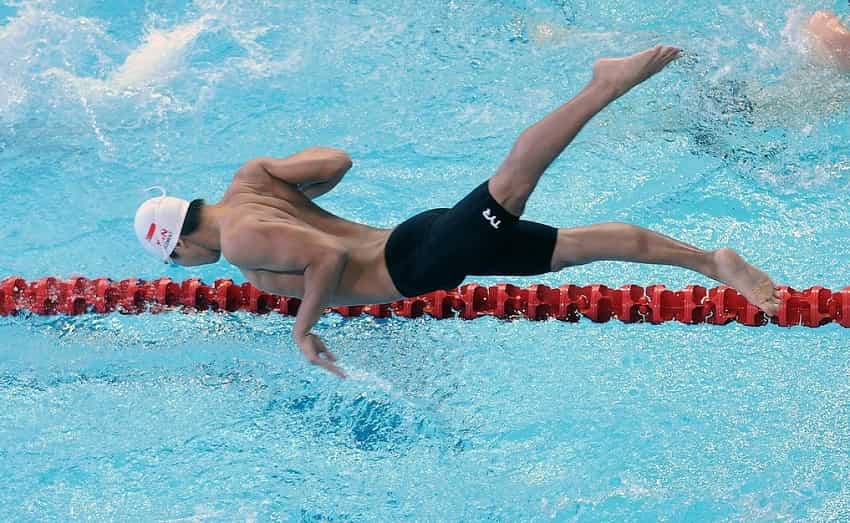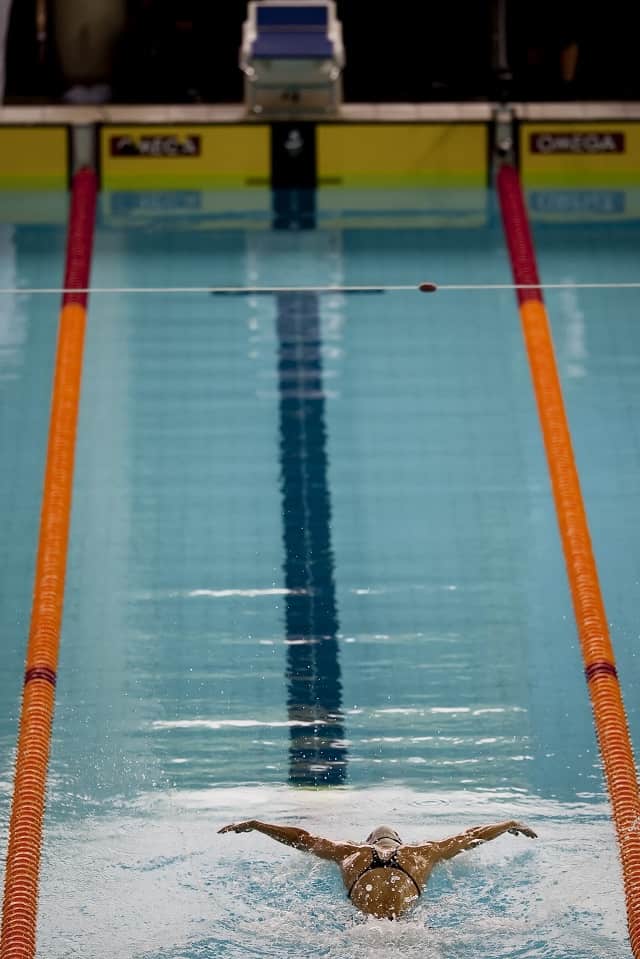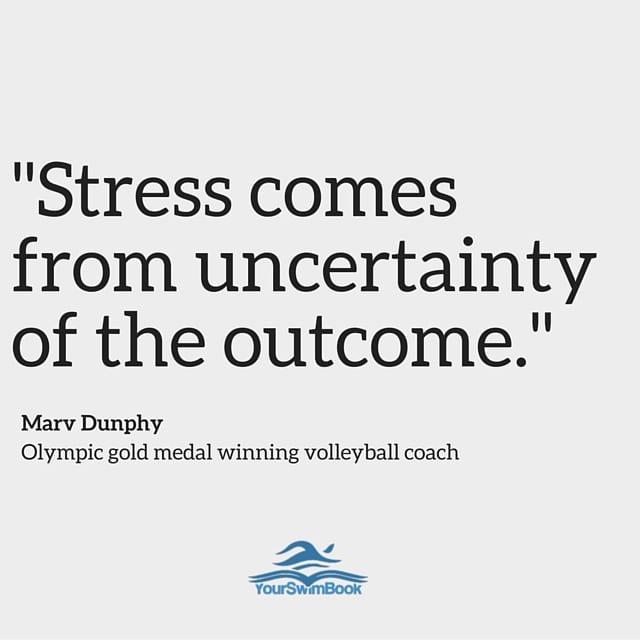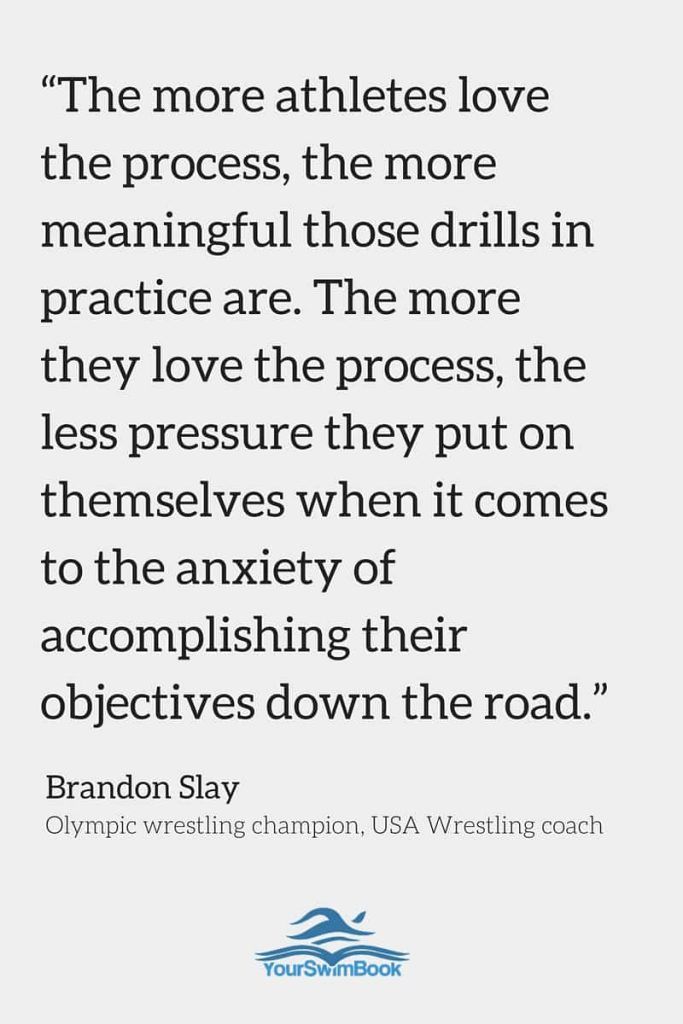BRIAN JOHNSON · JULY/AUGUST 2013
Selected wisdom from Dan Millman’s guide to training for sport and life.
Dan Millman is a former world champion athlete and gymnastics coach at Stanford and the University of California, Berkeley. He’s best known for his 2006 bestseller, Way of the Peaceful Warrior (which was also turned into a film), but his other book, Body Mind Mastery: Training for Sport and Life (New World, 1999), is well worth reading, too. Here, Millman shares the knowledge he’s gained from his own athletic achievements to offer advice to anyone — whether involved in sports or not — who wants to experience more personal growth, improve performance and reach his or her full potential. Body mind mastery, he explains, is not about dedicating your life to training, but about dedicating some of the principles of training to your life. Let’s dive in.
CHILD’S PLAY
When we’re learning a new skill or trying to master an existing one, Millman suggests that we can learn a few valuable things from babies.
Young children are always in the present moment. They are “free of concern or anxiety” and their bodies are “relaxed, sensitive, elastic, and aligned with gravity. . . . Emotions are spontaneous and uninhibited.” This relaxed, mindful state is what makes children so capable of learning and growth, he explains.
Imagine what a child wouldn’t absorb if she were riddled with anxiety and self-doubt. “If babies held the same tendency toward self-criticism as adults, they might never learn to walk or talk,” notes Millman. “Can you imagine infants stomping, ‘Aarggh! Screwed up again!’ Fortunately, babies are free of self-criticism. They just keep practicing.”
One of the keys to improving performance in all areas of life is to treat yourself the way you would treat a loved one. “Be gentle with yourself; show yourself the same kindness and patience you might show a young child — the child you once were,” writes Millman. “If you won’t be your own friend, who will be? If when playing an opponent, you are also opposing yourself, you will be outnumbered.”
BEYOND FAILURE
Most of us were taught as children to fear and avoid failure — so much so that in many cases we didn’t want to risk trying something new or challenging. Such fears trigger a domino effect of physiological problems that can undermine our athletic performance, Millman notes: “Fear of failure produces tension; tension constricts the blood flow and slows the reflexes, which produces shallow breathing; shallow breathing results in the contraction of opposing muscle groups, which reduces coordination. Ultimately, fear of failure generates a vicious circle that creates what is most feared.”
These types of physiological changes don’t just affect our bodies in motion. Research by psychologist Barbara Fredrickson, PhD, has shown that they also wreak havoc on our mental state and emotional well-being. When our breathing gets shallow and our muscles contract, our perspective narrows — we are less able to see the big picture — and we have trouble making connections and solving problems. When we are relaxed, our view on the world broadens. We can take in more information and assimilate it more effectively.
So how can we shift our fear of failure in a way that helps us improve performance? We can view failure as an essential tool for learning, says Millman. When we mine our failures for information about what is working and what isn’t, we get important feedback that we can use when we undertake similar projects in the future.
“The greatest inventors, artists, and athletes have all failed many times,” Millman reminds us. “Babe Ruth was the home-run king of his time, but also the strikeout king.”
EMOTIONAL MASTERY
Our feelings are our feelings. We can’t will them away — and if we try to, it creates a whole new set of problems. But often our emotions run counter to our best intentions — we’re too scared to try that new yoga class; we’re too upset this week to try eating healthy; we’re too overwhelmed at work to dive into our personal creative endeavors. Millman offers up a variety of techniques for better handling our emotions — and for moving more quickly and effectively through the difficult or entrenched feelings that crop up.
“Body mind masters do not deny or repress their feelings but learn to stay physically relaxed even under stressful situations,” writes Millman. We can do the same.
“Even when feeling angry, fearful and sorrowful, breathe evenly and fully,” he suggests. “Keep your body relaxed. You have much more control over your behavior than you do over your thoughts or emotions, so, paradoxically, the best way to master your emotions is to let them be, stay relaxed, and focus on constructive action.”
This practice of consciously slowing down to acknowledge and accept your emotions without reacting to them allows you to reconnect more easily with your motivation and willingness to train (no matter what your endeavor).
“Motivation, like all states, comes and goes, rises and falls,” Millman explains. But with the right emotional energy, you can encourage more of it to “rise” in your life.
THE PRESENT MOMENT
Before you read the rest of this article, try this exercise: “Take your keys, a piece of fruit, or any handy object, and go outside,” instructs Millman. “Throw the object up into the air. Staying relaxed and easy, catch it. Be sure to catch it. Then come back inside, and continue reading.” Done? Good.
“Now consider the moment the object was in the air,” Millman suggests. “At that moment you weren’t thinking of what you’d have for dinner or what you did yesterday. You weren’t thinking of anything else, either. You may have been attending to thoughts before you threw it or after you caught it, but during the throw, you were pure attention, reaching out, waiting for the object’s descent. In that same moment your emotions were open, and your body was alert and vitalized.”
Millman describes this as a moment of satori. “Satori is a word from the Japanese Zen tradition that points to a ‘sudden awakening’ or ‘insight into our fundamental nature,’” he explains. In short, it is an experience of the present moment.
Staying focused on the present can be challenging (the mind is terrific at time travel!). But that’s precisely why it gives you such a powerful training advantage. So grab an object and toss; repeat as necessary. You’ll find that this brand of mindfulness exercise — one of many in Millman’s rich training arsenal — helps you reach more of your personal and athletic potential.
ABOUT THE AUTHOR
Dan Millman is a former world champion athlete, college professor and coach. His books, including Way of the Peaceful Warrior (HJ Kramer, 2006), The Life You Were Born to Live (HJ Kramer, 1993) and Everyday Enlightenment (Grand Central, 1999), have been translated into more than 20 languages and have inspired millions of people around the world. Learn more about Millman at www.peacefulwarrior.com.








